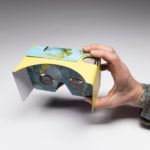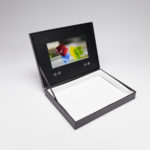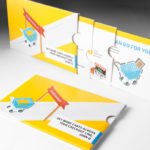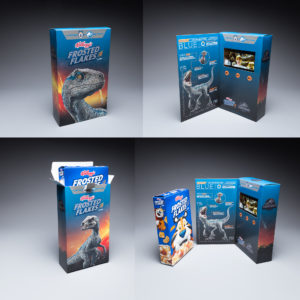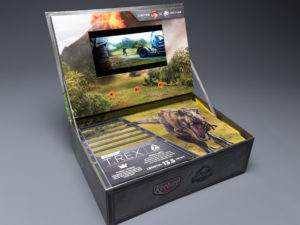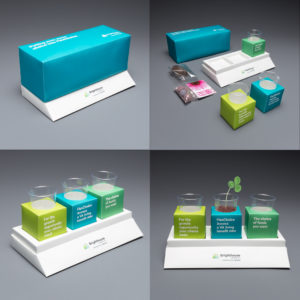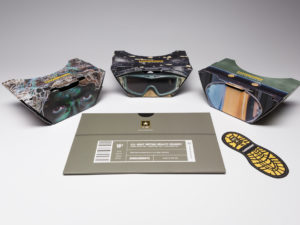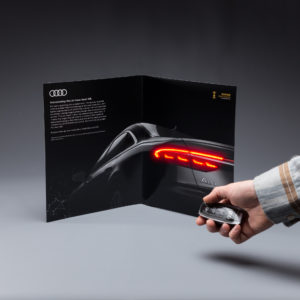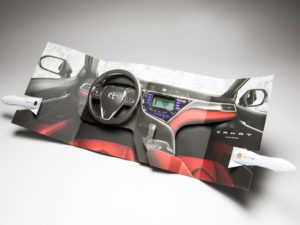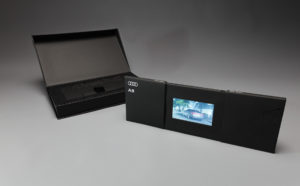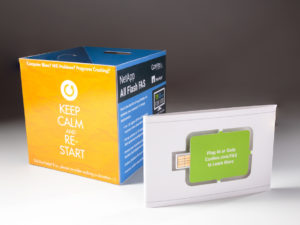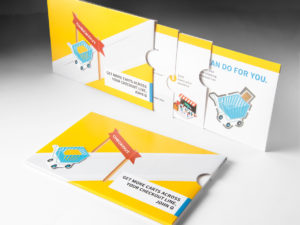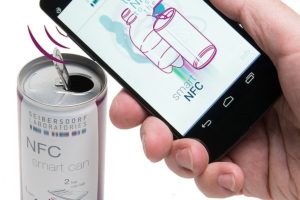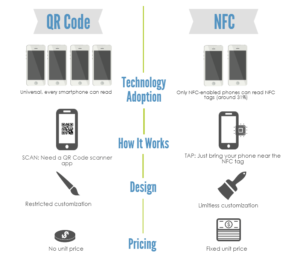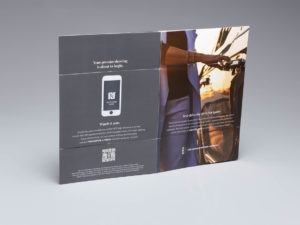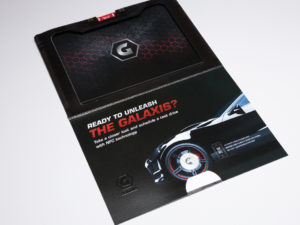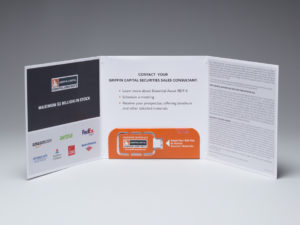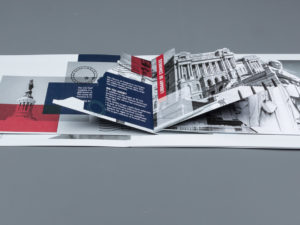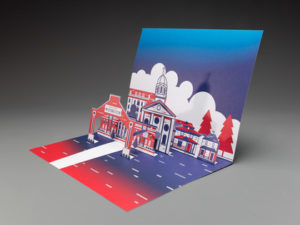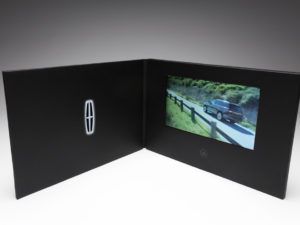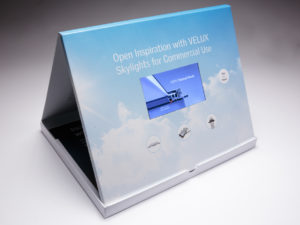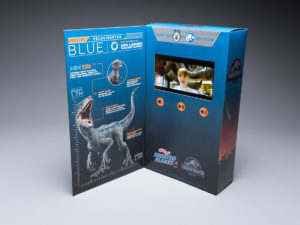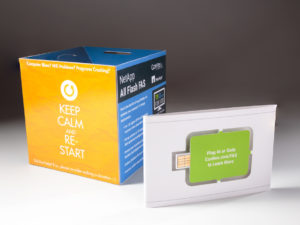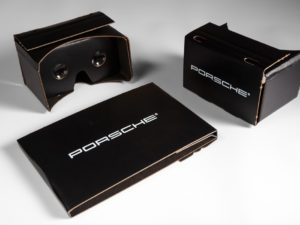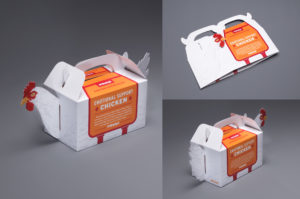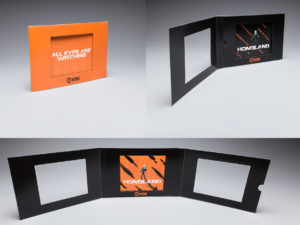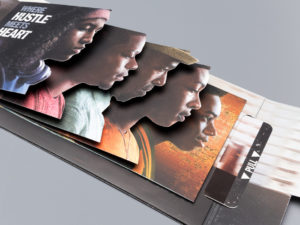Not only are Millennials digitally-savvy and socially conscious, they’re also poised to become the largest living generation in the U.S. with the annual buying power of $200 billion.
It’s no wonder why everyone wants a piece of them.
According to the U.S. Postal service, brands aren’t doing enough direct mail marketing to this generation, possibly because the consensus is that they’re too tech-driven to care. But the USPS found that millennials spend the most time opening and reading their mail as well as engaging with it.
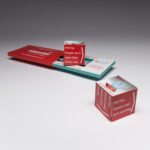
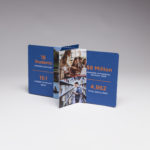
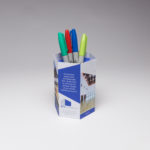
Below are three ways businesses can capitalize on direct mail marketing to millennials:
- Millennials rarely receive direct mail. With so much time spent online, letters, catalogs and postcards give them a welcomed break from their screens. Physical mail presents an opportunity for organizations to connect with them in a different, more meaningful way, and break through the clutter of email and digital ads.
- Personalization. If you’re a brand that can address a millennial by his or her first name or customize the content in your direct mail piece by his or her interests, then you’ve more than likely captured their attention. To millennials, investing the time into something like direct mail is much more appealing if they can see themselves reflected in it and if the product or service you’re offering specifically aligns with their life, their values or their interests.
- Direct mail delivers value. Not only do millennials associate direct mail with legitimacy, but they tend to remember physical promotions better than online ones. It’s been proven that direct mail is easier to process and that it stays top-of-mind longer than digital messages. Direct mail, if done properly, has the ability to encourage specific purchasing behavior so organizations can achieve an even higher ROI when conducting these types of campaigns.
